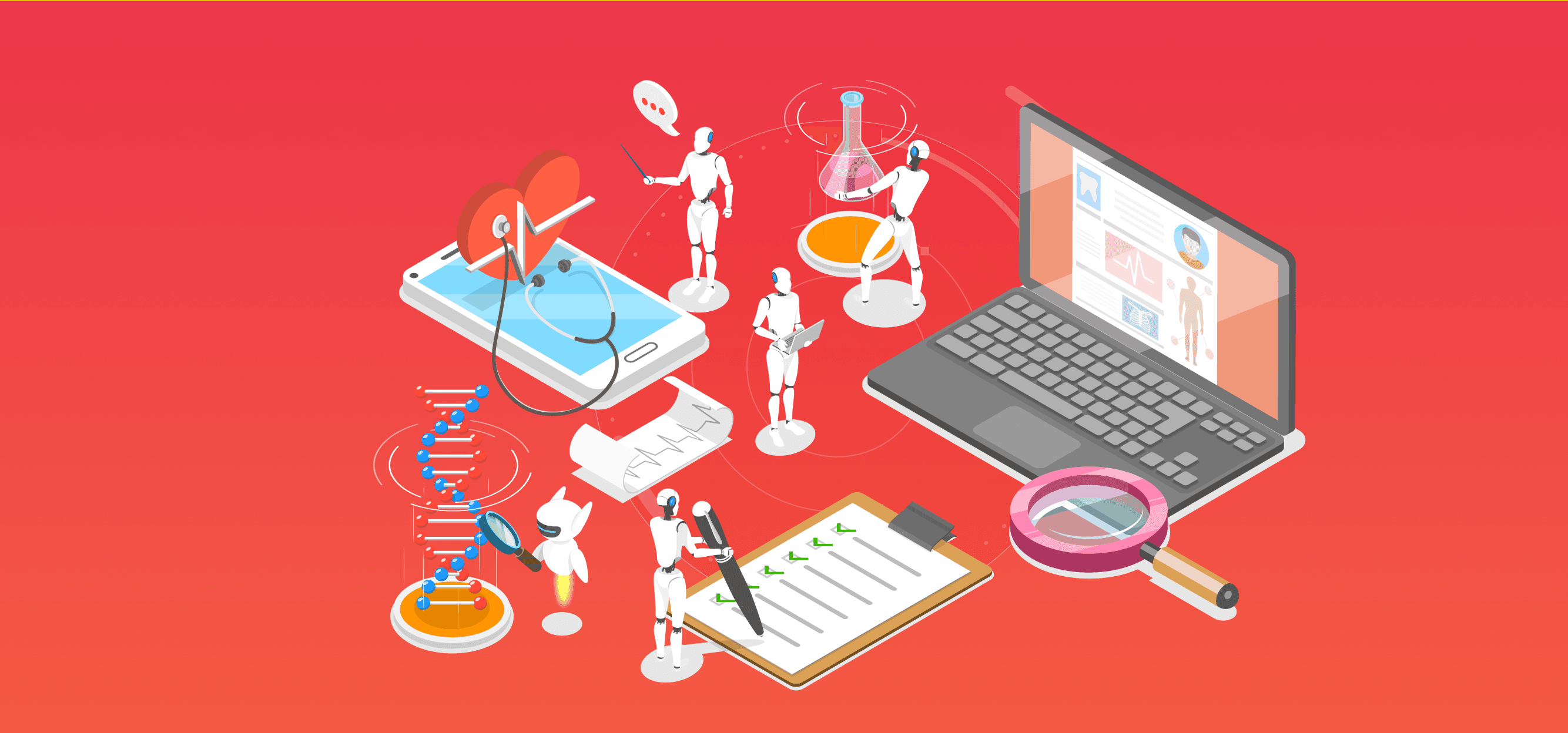The integration of artificial intelligence (AI) has become a game-changer for businesses worldwide who want to improve different aspects of their business, especially customer experience. From predictive analytics to chatbots, AI technologies have elevated service standards, offering round-the-clock support and personalised interactions. However, even with this upgrade in tech, a crucial aspect often overlooked is the ongoing maintenance required to sustain AI-driven solutions
The Role of AI in Customer Experience
AI has revolutionised Customer Experience by automating tasks, analysing vast datasets, and providing real-time insights. Chatbots, virtual assistants, and predictive analytics tools have become staples in modern customer service operations. They offer efficiency, scalability, and personalised experiences, catering to the diverse needs of customers across various touchpoints.
The Importance of Ongoing Maintenance
Despite their efficacy, AI systems are not completely self-sustaining entities. They require continuous monitoring, fine-tuning, and updates to remain relevant and effective. Ongoing maintenance encompasses a range of activities such as data validation, software upgrades and performance optimisation. Neglecting these tasks can result in several issues: a persistent gap between customer expectations and the performance of AI systems, an increasing discrepancy over time between the AI assistant's knowledge base and current business offerings, and perhaps most crucially, failures in integrating existing data sources due to changes in connected systems. Ultimately, these issues lead to a decline in the quality of the customer experience.
The Human Element in Maintenance
While you can automate many aspects of customer experience AI, it still relies on human oversight for maintenance and optimisation. Human intervention is essential for several reasons:
Expertise in Complex Problem-Solving
While AI systems excel at handling routine tasks and making predictions based on data, they may encounter complex or novel situations that require human intervention. Such as a chatbot struggling to understand a customer's query on a product due to nuances in language. This is where human technicians bring a depth of expertise and problem-solving skills to the table, enabling them to diagnose issues, and ensure the smooth operation of AI systems.
Ensuring Quality Assurance
Human oversight is crucial for maintaining the quality and accuracy of AI-generated insights. By validating AI outputs against real-world scenarios and business objectives, human experts can identify discrepancies, and refine algorithms to enhance performance over time. This iterative process of validation and refinement is essential for building trust in AI-driven solutions.
Conclusion
In the age of AI-driven customer experience, the importance of ongoing maintenance cannot be overstated. Human oversight is indispensable for ensuring the reliability, accuracy, and ethical integrity of AI systems. By investing in human resources for maintenance and optimisation, businesses can harness the full potential of AI to deliver exceptional CX, fostering customer satisfaction and loyalty in an increasingly competitive landscape.
If you would like to learn more on how you can get AI Ready, find out more here.





